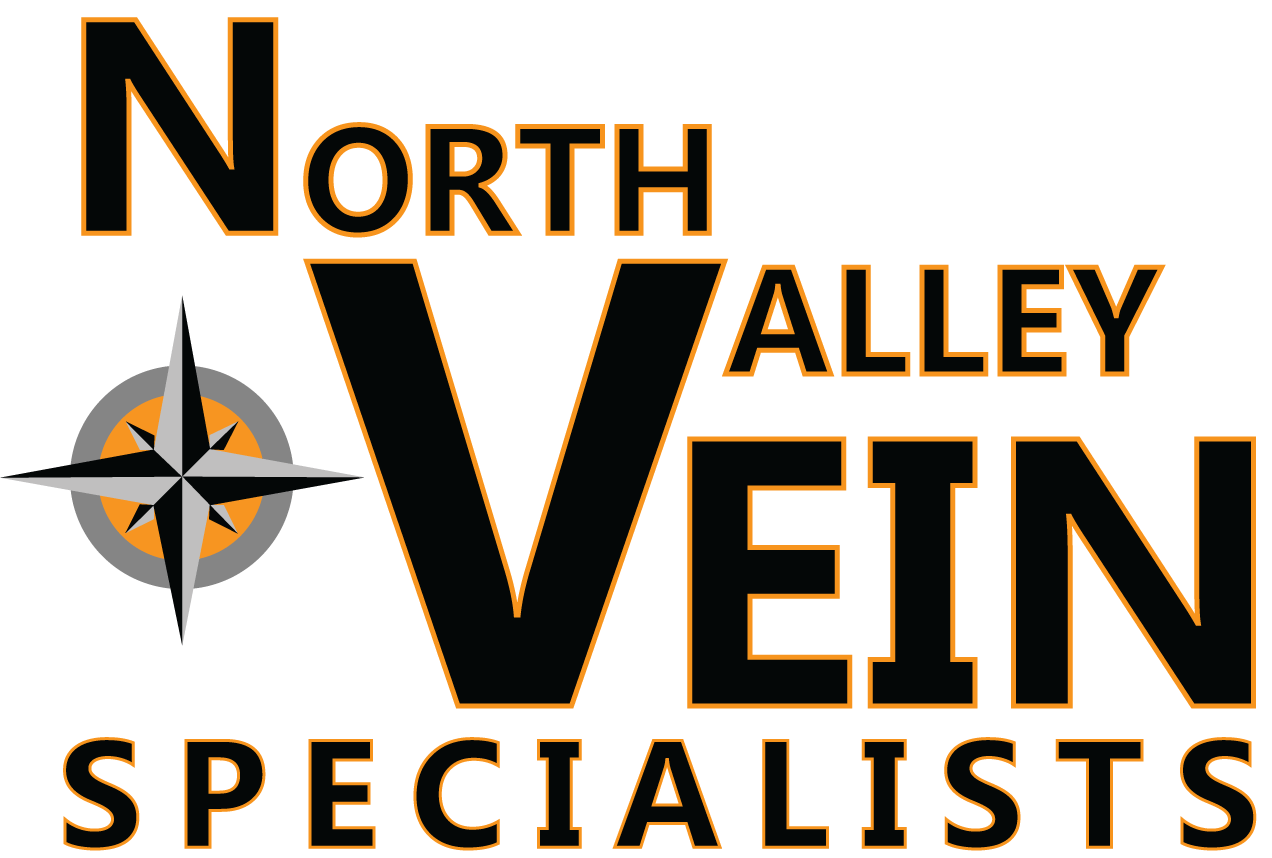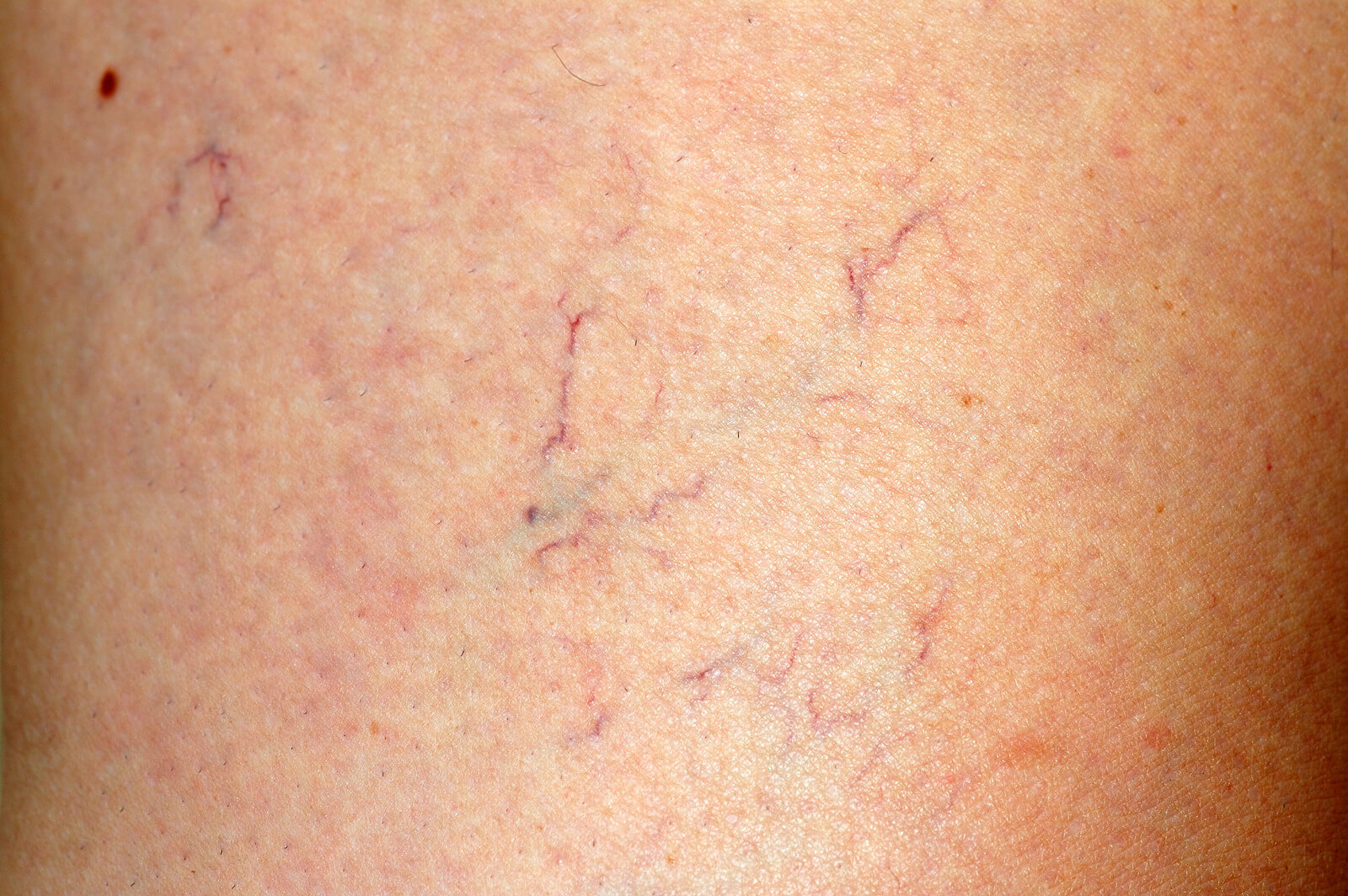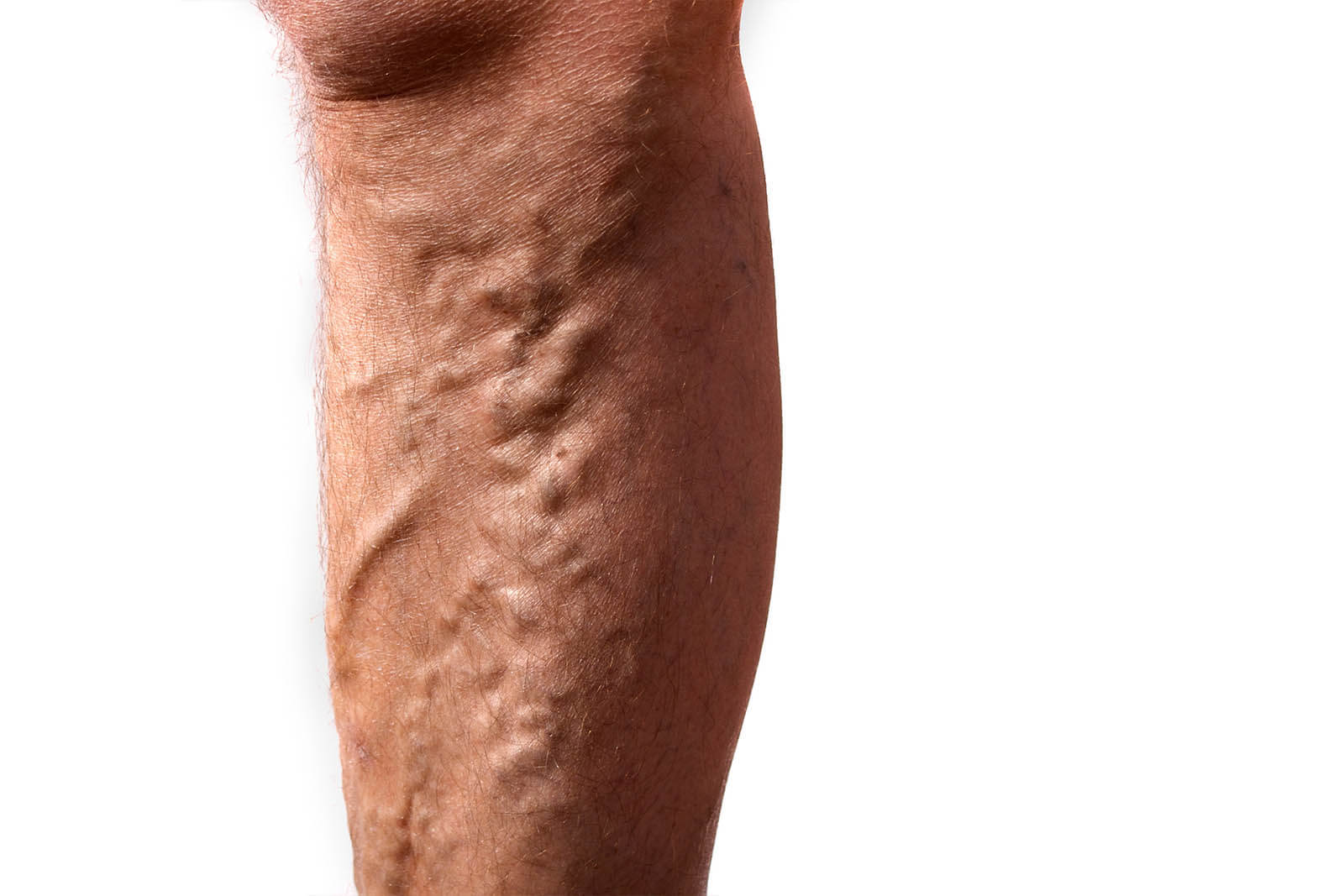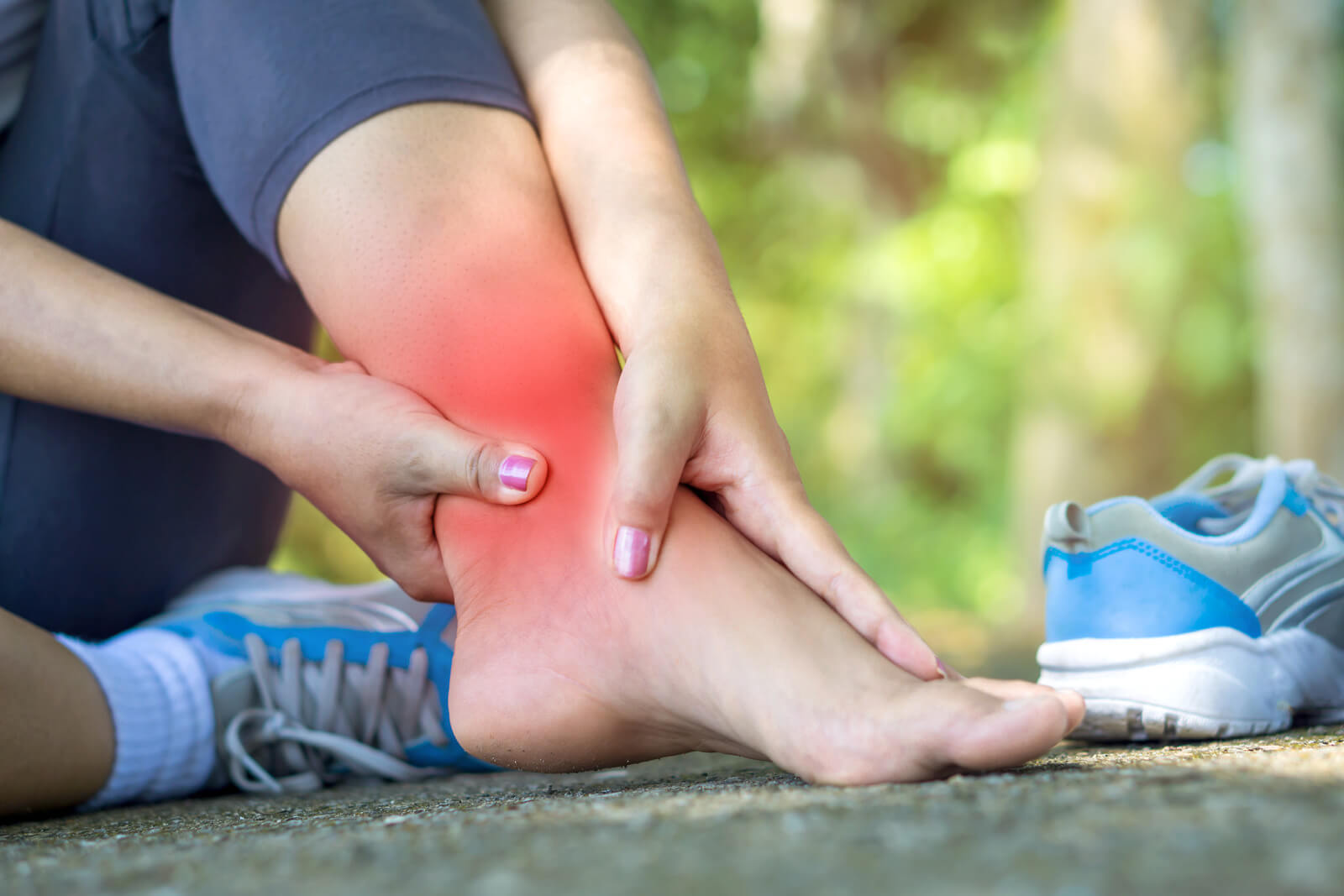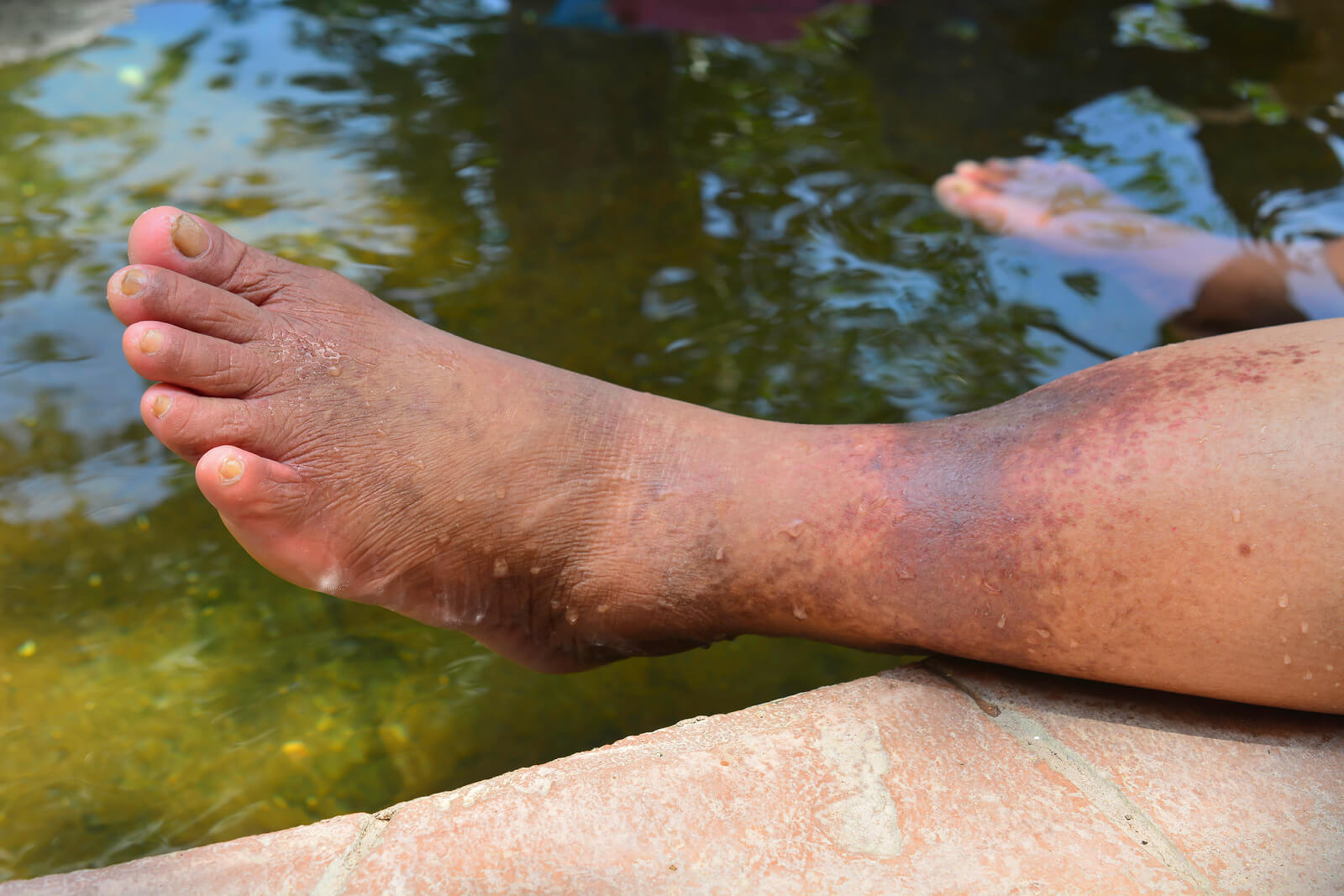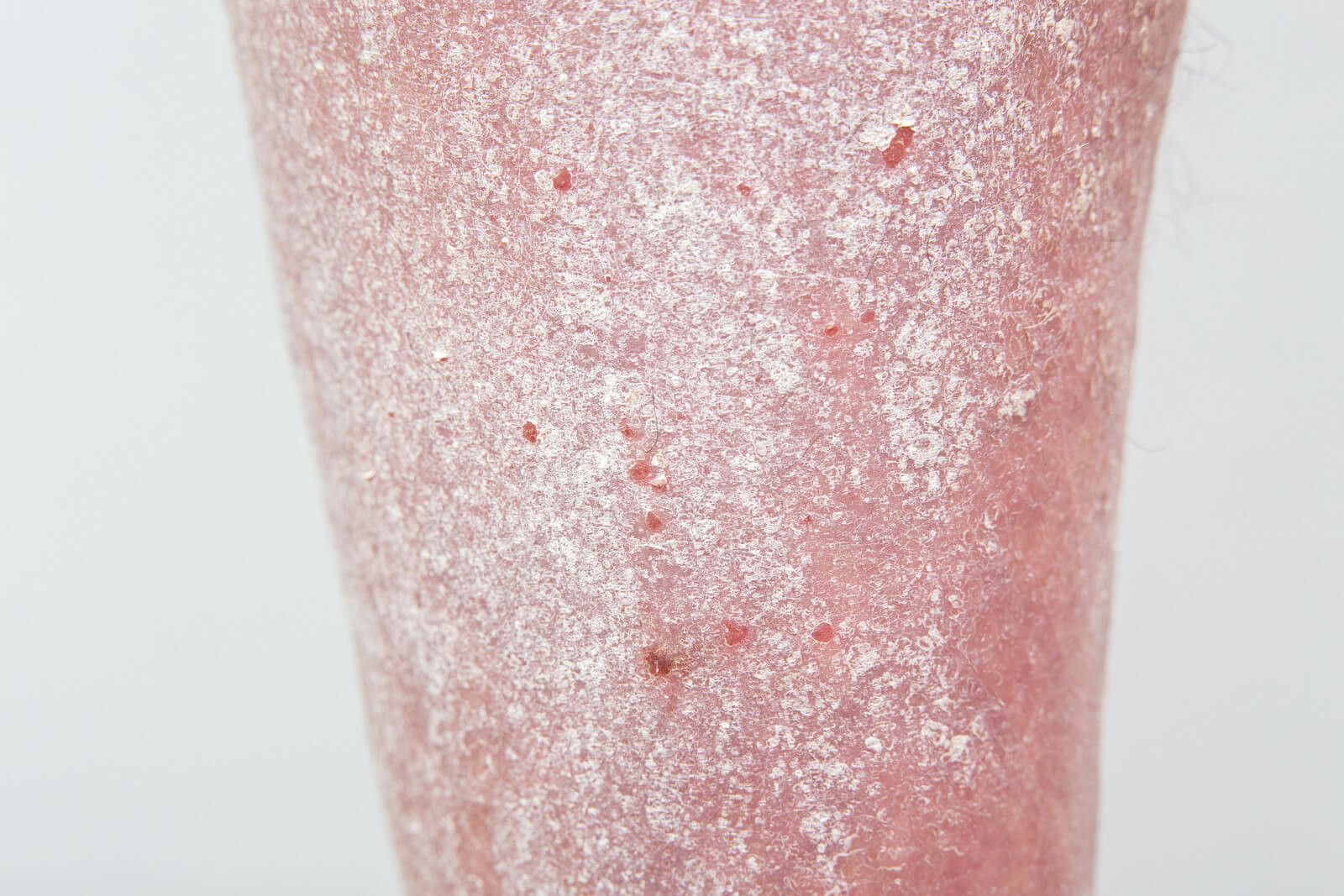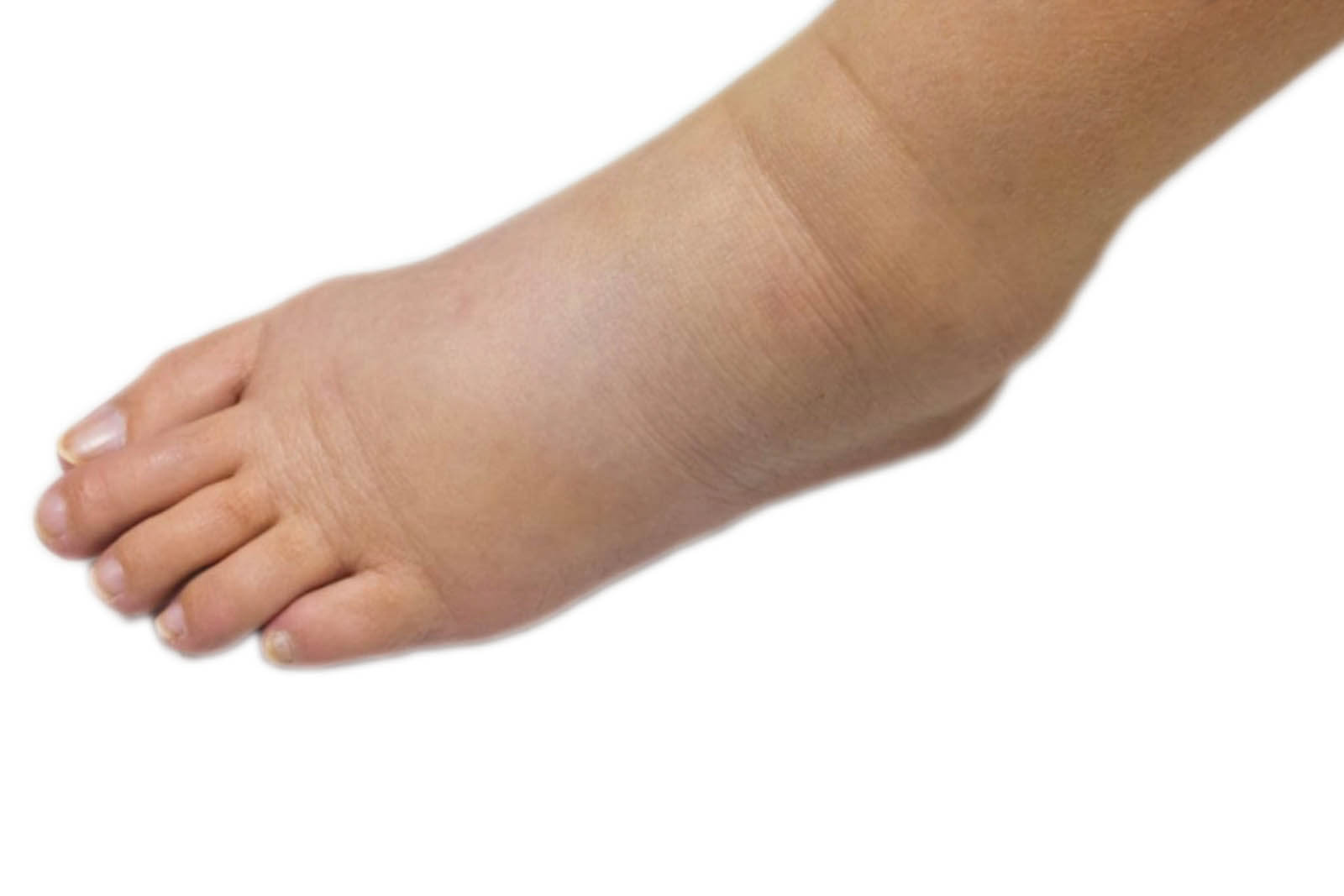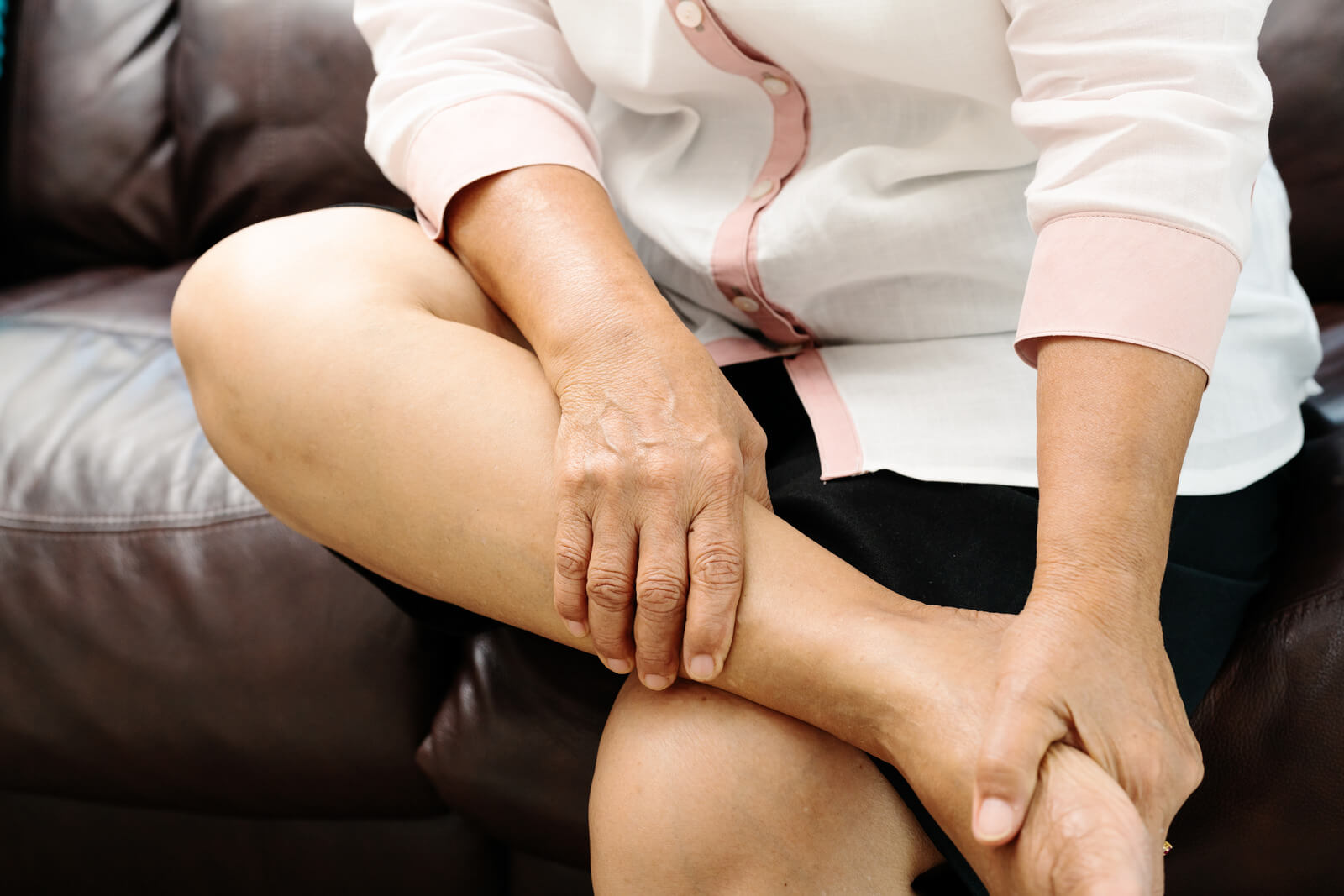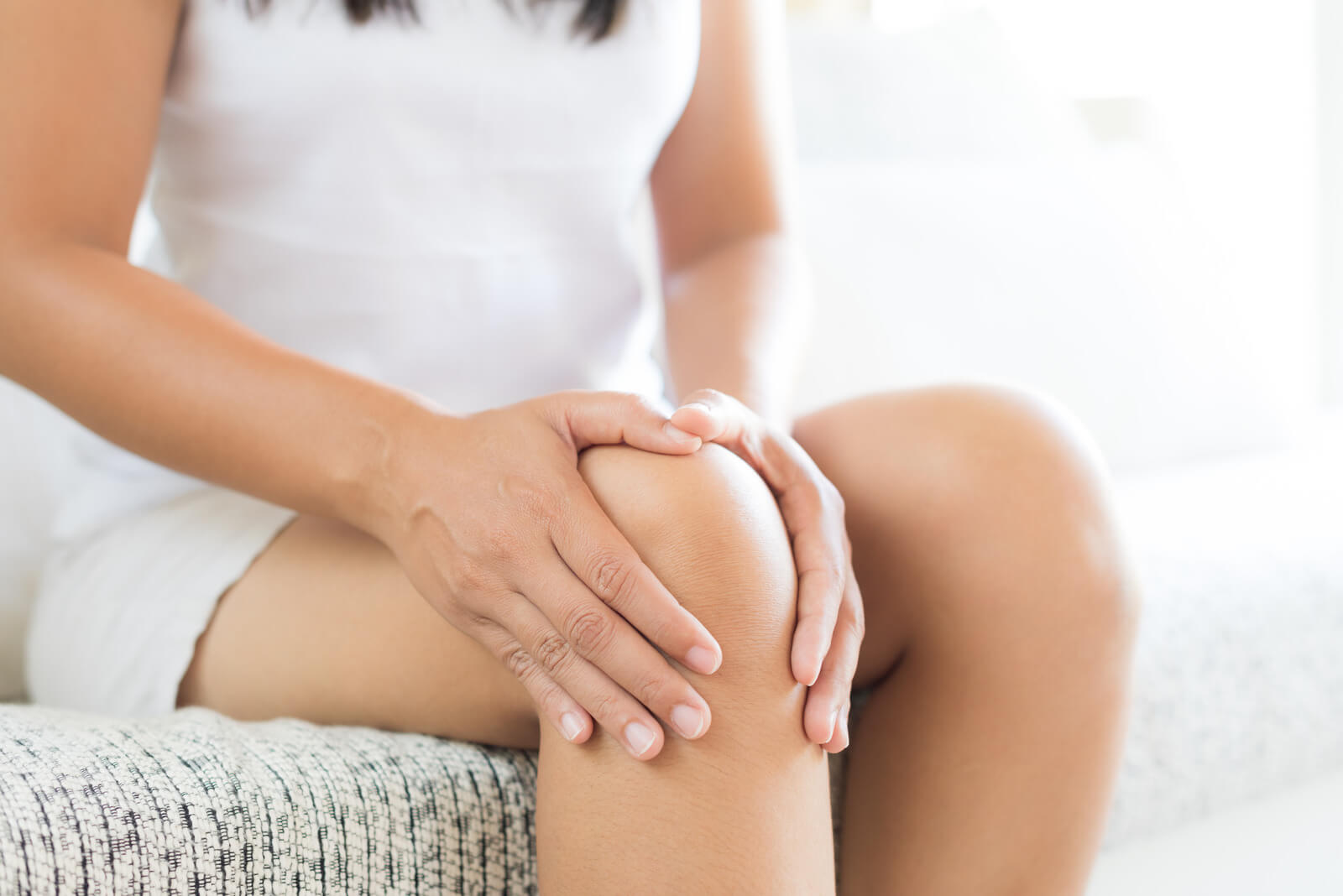Welcome to our Symptoms Page
“Where medical professionals go for treatment!”
Common symptoms of vein disease can range from small cosmetic issues to more severe leg pain or physically limiting conditions including ulcers or immobility. Often times cosmetic issues seen on the skin’s surface are just indicators of a deeper, underlying condition such as chronic venous insufficiency.
Address:
6320 West Union Hills, Bldg. A, Suite 140
Glendale, AZ 85308
Phone:
623-435-8346
Hours:
Monday-Thursday 8:00AM-5:00PM
Friday 8:00AM-12:00PM
Visit Our Sun City Office
14642 N. Del Webb Blvd. Suite 200
Sun City, AZ 85351
